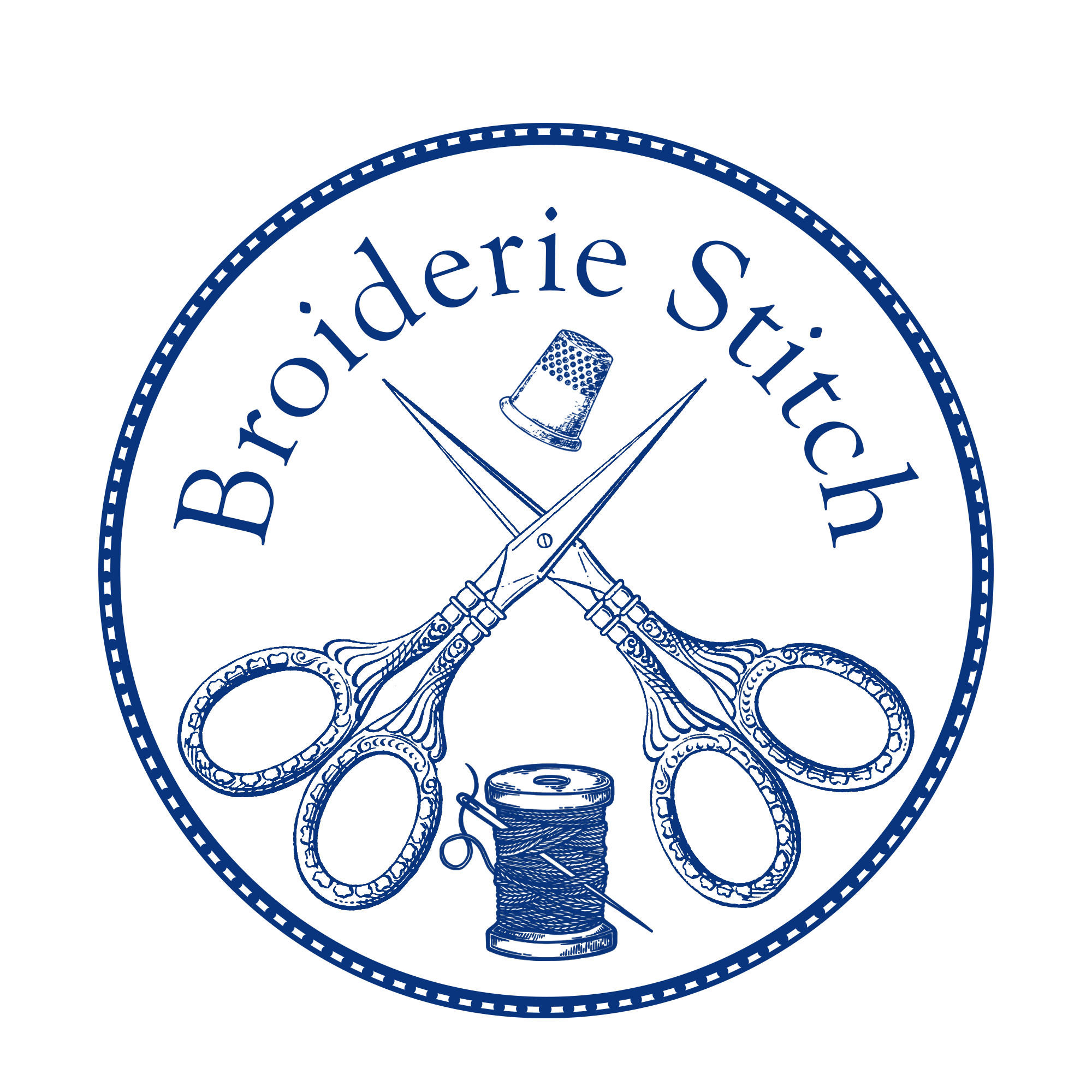
Our Wallachian work butterfly is finally complete! Like many embroidery styles that grew from peasant roots (no fancy court ladies and pattern drafters here!) Wallachian work was very solidly stitched, with bright colors and often quite representational motifs. Many of the stitches used are very economical of thread; a majority of thread lies on the front of the work and little is wasted on the back. In a remote area where dyes were hard to come by and much thread was spun at home, you made the most of every inch.
The green forewings are made using bands of satin stitch - a good way to fill a large area with satin stitch and still have it sturdy and well-wearing. Often the bands would follow design lines like leaf veins or flower petals; here they mark the (slightly conventionalized) wing veins of the butterfly.

Romanian stitch is another technique suited best to large areas; unlike satin stitch, it can be worked over nearly any span. The thread is taken across the expanse to be stitched, brought to the back of the work, and on its return journey to the start it makes several long, slanting stitches to tie the first long stitch down along its length. This keeps the long stitches from loosening or getting caught and pulling. It also adds a wonderful subtle texture - you can see it on the hindwings in both black and red.
Buttonhole eyelets are another notable feature of Wallachian work. They're made by separating the threads of the material with an awl and securing the edges open with buttonhole stitches, with the purled edge of the buttonhole outermost. This helps the buttonhole stitch to wrap neatly around small curves and adds a little ring to set off the eyelet in the center. Without any ground threads cut these eyelets were a very sturdy way of securing small, decorative holes. This piece is set onto dark canvas under the linen and the eyelets give little peeks of it.

The only other stitch used in this piece was a little stem stitch for the antennae. Working with such a restrained group of stitches and a small group of very diverse colors has been its own challenge - I was lucky to find a butterfly of the area that fit the bill so neatly. Each color was matched to surviving examples of embroidery from the area, and though I was hesitant to put them together on my own, seeing how wonderfully they worked in nature and historical pieces gave me the precedent I needed to make one of my boldest butterflies yet.
Overall, I like the little guy! Just like the first butterflies in the series, we'll be jumping to an entirely new region with our next butterfly and an entirely different technique. The colors will be more restrained and there are a profusion of different stitches to add texture. There will be some similarities; we're not done with Romanian stitch, strangely enough - but unlike the Scarlet Tiger Moth, the next butterfly (a Silvery Blue) won't be as close to its natural inspiration as the Scarlet Tiger was. More than that, I can't yet say!


